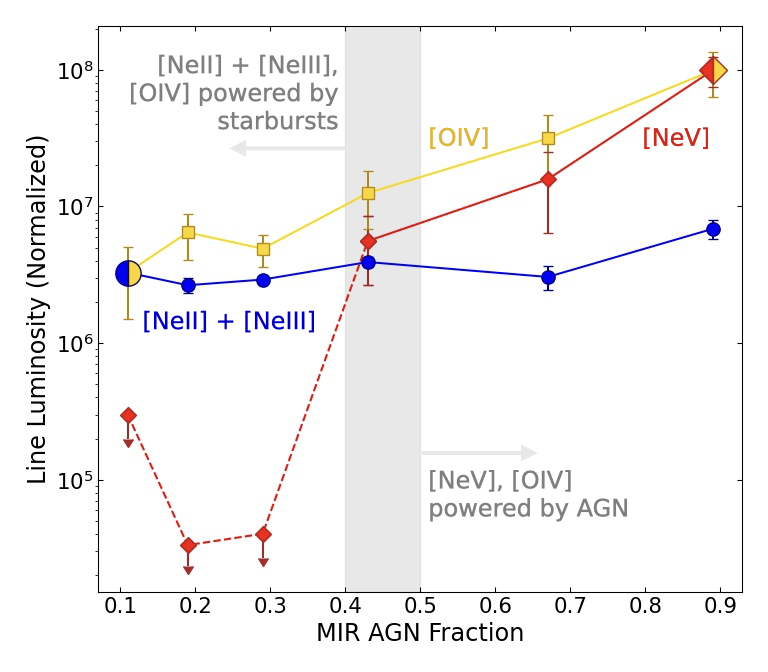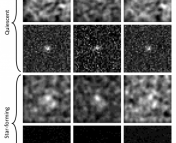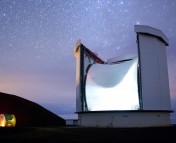The Undergraduate Research series is where we feature the research that you’re doing. If you are an undergraduate that took part in an REU or similar astro research project and would like to share this on Astrobites, please check out our submission page for more details. We would also love to hear about your more general research experience!
Meredith Stone
University of Massachusetts, Amherst
This guest post was written by Meredith Stone. Meredith Stone is a junior (third year undergraduate) studying Astronomy and Physics at UMass Amherst. She conducted this research as an independent study with Dr. Alexandra Pope, and presented it at AAS237.
To understand the evolution of galaxies from the early universe to the present day, we need to understand the balance of star formation and supermassive black hole (active galactic nucleus, or AGN) activity. These two processes drive galaxy evolution by accreting, expelling, and heating gas. In the nearby universe, one of the best populations to study this relationship is (Ultra) Luminous Infrared Galaxies, or (U)LIRGs. (U)LIRGs are defined as having a total infrared luminosity of more than 1011 L☉, and generally have high star formation rates across a range of AGN activity levels.
In this work, I studied archival Spitzer/IRS spectra of four mid-infrared atomic lines: [NeII] and [NeIII] tracing star formation, [NeV] tracing AGN accretion, and [OIV], which should be excited by a combination of starbursts and AGN radiation. We took the 200 (U)LIRGs in the nearby universe and separated them into six bins of mid-infrared (MIR) AGN fraction (defined as the fraction of a galaxy’s mid-infrared light produced by its AGN) and measured the luminosities in each bin.
We see in the figure that in the first three data points, [OIV] (yellow) mirrors the flat trend seen in the star-forming lines (blue). In the last three, however, [OIV] luminosity starts to increase and follow our AGN line [NeV] (red). This implies that below a mid-infrared AGN fraction of around 0.4 or 0.5, [OIV] is excited mainly by starbursts, while above this AGN fraction it is excited mainly by AGN radiation. We can generalize this to the entire galaxy: a galaxy with an AGN fraction like we see in the first three bins is dominated by star formation, while a galaxy with higher AGN fractions (around 0.4 and above) is dominated by AGN activity. Understanding these contributions is key to understanding how galaxies evolve between states over their history.

Astrobite edited by: Katya Gozman




